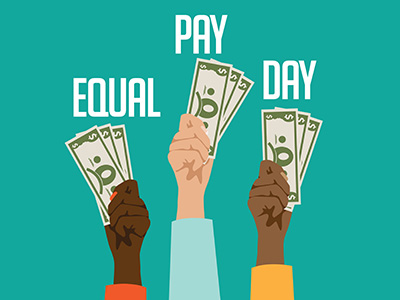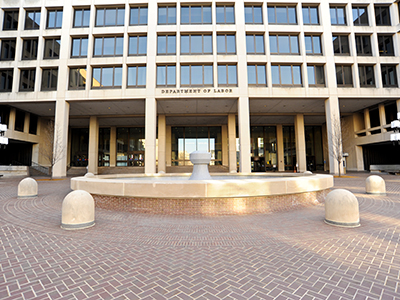Last month, the Ninth Circuit issued a notable opinion addressing the enforceability of arbitration agreements in Poublon v. C.H. Robinson Co., 846 F.3d 1251 (9th Cir. 2017), mandate issued (Feb. 24, 2017). In Poublon, the employee filed a class action even though she signed a dispute resolution agreement that prohibited representative actions and required her to mediate and arbitrate all other claims. The court evaluated the agreement to determine if it was unconscionable under California law, which looks at both procedural and substantive unconscionability on a sliding scale. Although the court held that a few provisions were substantively unconscionable, the court severed and reformed the offending provisions and largely upheld the dispute resolution agreement. READ MORE
It’s Smooth Sailing for a Shipping Company After Ninth Circuit Arbitration Victory











